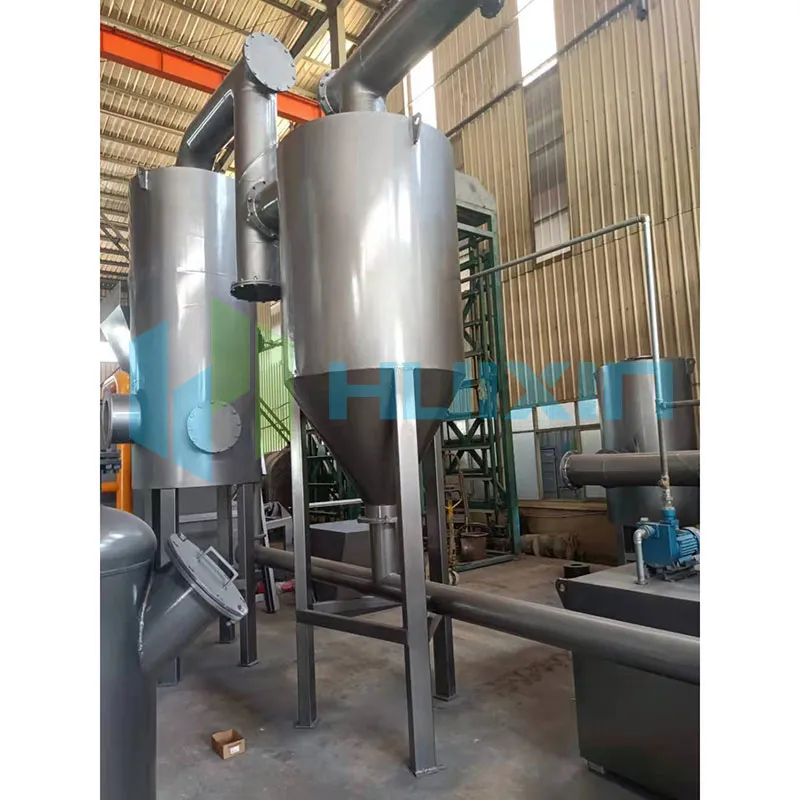Choosing the Right Cyclone Dust Collection System for Your Industry
2024-11-12
Choosing the correct cyclone dust collection system is essential to achieving optimal efficiency and safety. This blog post will focus on key considerations for selecting the right system tailored to specific industrial needs.
Key Points to Cover:
1. Assessing the Dust Type and Volume in Your Facility
- Discuss how the type and density of dust—whether it’s fine sawdust, heavy metal shavings, or chemical particulates—influence the system’s design and power requirements.
- Explain how an assessment of your dust generation rate and volume can help determine the necessary capacity for a cyclone dust collector.
2. Selecting the Proper Cyclone Size and Capacity
- Provide guidance on selecting a cyclone dust collector based on your facility’s production volume, airflow needs, and workspace constraints.
- Cover the importance of sizing the cyclone to match airflow requirements, ensuring that dust and debris are separated effectively without clogging or slowing down the system.
3. Material Compatibility and Abrasive Resistance
- Discuss how cyclone systems differ in materials based on industry needs, including high-durability options for abrasive dust in metalworking or heavy-duty plastics for corrosive environments.
4. Cost vs. Maintenance Considerations
- Weigh the upfront costs of cyclone systems with their long-term maintenance needs and durability. Explain how the right choice can lead to lower operating costs, fewer repairs, and reduced downtime.
- Highlight options like reinforced construction for abrasive materials that may require higher initial investment but save on long-term repairs.
5. Integrating Cyclone Systems with Secondary Filtration
- For facilities with extremely fine dust or regulated environments, discuss how cyclone systems can be integrated with secondary filters, such as HEPA filters, to achieve higher filtration efficiency.
- Cover the advantages of combining cyclones with additional filtration to ensure cleaner air output, especially in sensitive industries like pharmaceuticals and food processing.
This guide can help industries determine the best cyclone dust collection solution tailored to their specific needs, balancing efficiency, safety, and cost-effectiveness for improved air quality and facility management.



